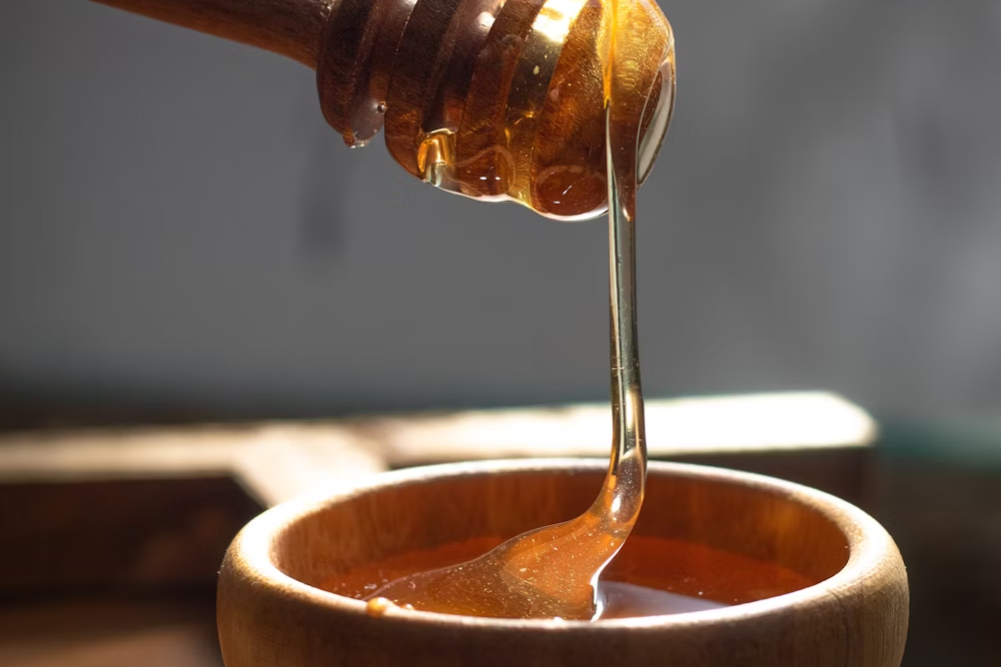Carrots and plums beat a tan
Since Coco Chanel popularised tanning in the 1920s there was an idea that tanned skin was beautiful skin. The advent of the bikini in the 1950s made tans even more de rigueur. Yet, as we have understood more about the fatally dangerous nature of melanoma the popularity of the tan has waned but still people want to have a skin that glows, that looks attractive. Now new research has shown that the answer to an attractive glow does not have to be sprayed on but may be growing in your garden.
Tanning was really a phenomenon of the 20th century. Now that we know that tanning causes damage which precedes melanoma never again will we hear jingles along the lines of “tan, tan, tan, get a bleep* tan, whatever kind of skin you’re in, there’s a bleep* to make it browner, tan, tan, tanâ€. While we may be lyrically the poorer for the passing of such high minded thoughts, we are undoubtedly healthier for less time spent in the sun pursuing a tan in the belief that it makes us look more attractive.
No doubt the wheel of fashion is already cycling back toward pale skin as an attractive look. The Romans and Greeks deliberately whitened their skin and in Elizabethan England women with already pale faces would paint blue lines on their skin to make it appear translucent. Whatever the current notion of “beautyâ€, it will be pursued by a majority of people. Now new research suggests that while trends like tanning come and go, there is an unconscious component that gives your skin what others perceive as an attractive glow: fruits and vegetables.
The first part of the study was to get people to rate a series of pictures of Caucasian faces for how attractive and healthy they looked. The next part was to then look at the people in the pictures and examine their diet.
It was found that people who eat a lot of foods high in substances called carotenoids tend to have a more yellow look to their skin and they were consistently rated as more attractive than people with fewer carotenoids in their diet but a higher degree of tanning.
Carotenoids include beta-carotene, alpha-carotene, and beta-cryptoxanthin. They are converted into vitamin A and also act as antioxidants that support the immune and reproductive systems. They also give pigment to plants and when consumed in high quantities they tint the human skin yellow. In an evolutionary sense, this yellow tint is presumably a signal of a good diet and good health and therefore is unconsciously interpreted as attractive.
Good food sources of carotenoids are: carrots, plums, mangoes, apricots, sweet potato, spinach, turnips, and squash.
If you find it hard to convince yourself to eat your veggies just so as to prevent heart attacks and chronic disease, then telling yourself that they will give you an attractive glow may be a little more persuasive.
*Brand name deleted
Meanwhile if you visit Meijer Ad that contains mostly likewise discounts with Winn Dixie Ad you surely have a range like ALDI Ad.







